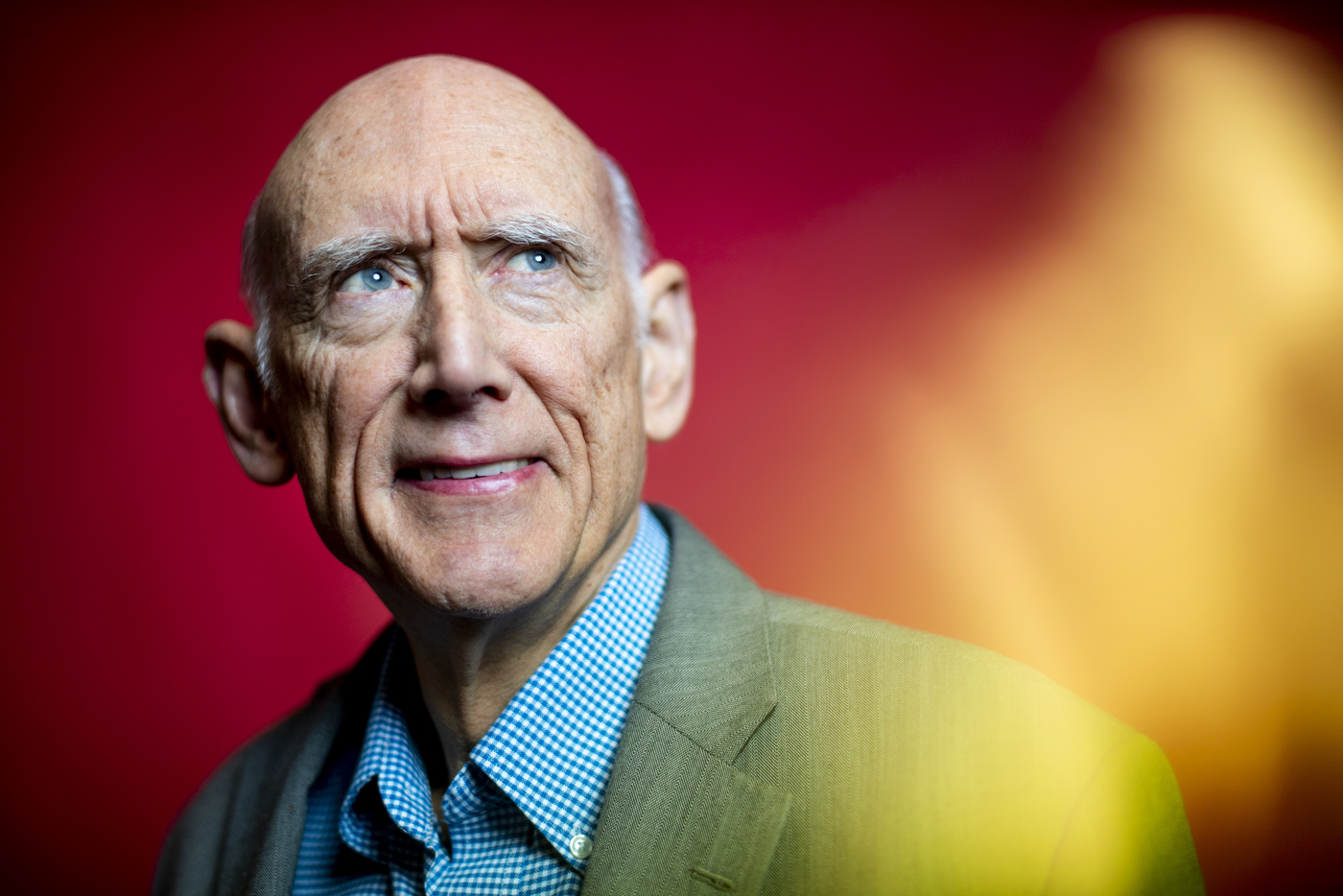What SPF should I use? A guide to using sunscreens

As the days become longer and the sun’s rays get stronger, the UV index climbs. But why is it so important to use sunscreen, and what does the labeling mean when confronted with so many options at the local drugstore?

When used as directed, sunscreen is proven to decrease your risk of skin cancers and skin precancers, according to the Skin Cancer Foundation. The foundation says 1 in 5 Americans will develop skin cancer by the age of 70, and having five or more sunburns doubles a person’s risk for melanoma.
But regularly applying sunscreen reduces the risk of developing melanoma by 50%, the foundation says.
Regular use of sunscreen, the foundation says, also helps prevent premature skin aging caused by the sun, including wrinkles, sagging and age spots.
Northeastern experts Roger Giese, a professor of chemistry and biomedical science, and Jenny Van Amburgh, a clinical professor, discuss the science behind sunscreens. Their comments have been edited for brevity and clarity.
How does sunscreen work?
Sunscreen protects against the sun, and the ultraviolet rays can damage the DNA in one’s skin, Giese says. Once the DNA is damaged, it can turn into mutations at the heart of all cancer. Sunscreen either reflects the radiation or absorbs it and turns it into heat before it reaches the skin.
What is the definition of SPF and broad spectrum protection?
SPF is the sunburn protection factor, Amburgh says. The SPF number is how long the sun’s UV radiation would take to redden skin while using the product as directed versus without sunscreen. For example, SPF 30 would take 30 times longer to burn than if you weren’t wearing sunscreen.
There is no added benefit for using an SPF above 50 because effectiveness levels off, Amburgh says.
What is the difference between physical and chemical sunscreen?
There are two types of sunscreens, Amburgh says. First, there are physical sunscreens that block the ultraviolet rays, which include active ingredients like zinc oxide and titanium dioxide. Physical sunscreens tend to be used for sports or in baby sunscreens. They are also the ones that when applied, give a “hint of white” because they don’t get absorbed, she says.
The second type is chemical sunscreens, which absorb the sun’s ultraviolet rays before they can burn the skin, Amburgh says.
What is the best way to apply sunscreen?
Sunscreen should be applied minimally 15 minutes before going into the sun, Amburgh says.
“My advice is always stand naked and cover your whole body,” Amburgh says. This way, the user avoids missing any spots and doesn’t have to worry about covering any locations missed when removing layers of clothing.
Then, she says, reapplication of sunscreen is essential every two hours and more frequently if one is going in and out of the water.
A complete application is about one ounce of sunscreen. Even during overcast days, sunscreen is important because filtering through the clouds are the more potent UV rays.
It is very important that children and teenagers wear sunscreen, Amburgh says.
“Your risk of getting melanoma or skin cancer really has to do with when you were early on,” says Amburgh. “If you were the kid early on that was burnt a lot or used baby oil and sat out there—the risk has already happened.”
If one gets burned at 30, it is less likely that damage will lead to cancer than if someone got repeatedly burned as a teenager, Amburgh says.
Does price matter?
In short, no, Amburgh says. Sunscreens are regulated and must meet minimum protection aspects. But a person’s preference might be to use face sunscreen that clogs the pores less. Others are oily or sticky. She says it is good to find a brand that one likes, making it easier to use.
Should everyone wear sunscreen, no matter what skin type?
It is a misnomer that if one has darker skin, they can’t burn, Amburgh says. “It doesn’t matter your skin type or how dark you are, you’re still prone to skin damage. Even individuals with very dark skin should wear an SPF to prevent the damage.”
Is sunscreen safe to use?
The components of the chemical sunscreens were found to be absorbed into the skin and can get into the bloodstream, Geise says. But they are all regarded as safe to use, he says.
If one is concerned, Amburgh suggests using sunscreen that blockers include zinc oxide and titanium dioxide.
“If you’re concerned about (chemicals), then never use diaper rash creams on a baby because it’s the exact same stuff,” Amburgh says. “It’s a protectant, and it’s a blocker. They make it to the point that you’re not white, opaque looking.”
Does sunscreen harm the environment?
Certain chemicals in sunscreens are being reviewed, not because they give any risk for cancer but because they harm the environment, Amburgh says.
Some of the organics such as oxybenzone and octinoxate in sunscreens are damaging the coral reefs, Geise says.
If one is concerned that the chemicals are harmful, Amburgh suggests using physical sunscreens instead.
“But, at the end of the day, the sun is more harmful than what you would get from using your sunscreen,” Amburgh says.
What are other ways to protect against sun damage?
If you are going to the beach, bring a beach umbrella and wear protective clothing when you can, Giese says. Also, avoid sun-tanning salons, which are becoming popular and damage the skin cells, he says.
“It’s very important to fight cancer and take advantage of these sunscreens to minimize exposure to the sun,” Geise says.
Beth Treffeisen is a Northeastern Global News reporter. Email her at b.treffeisen@northeastern.edu. Follow her on Twitter @beth_treffeisen.






